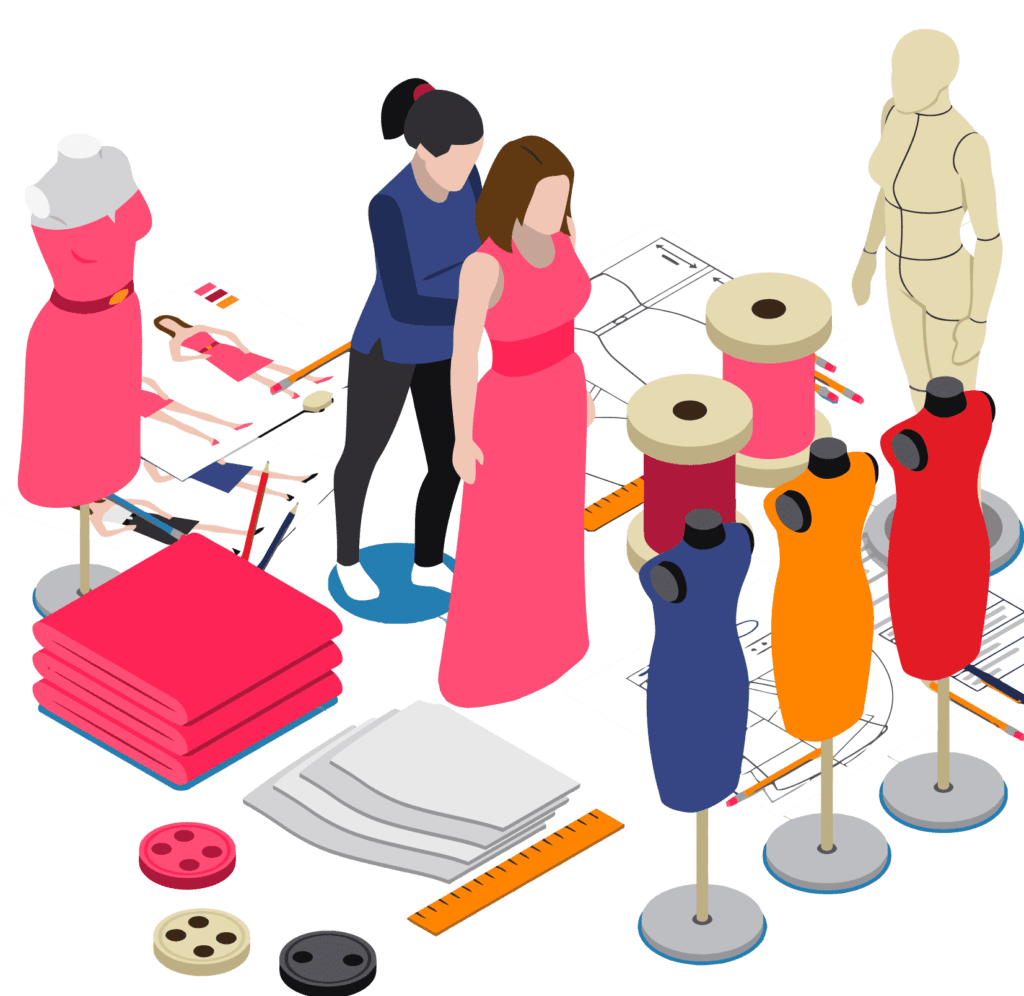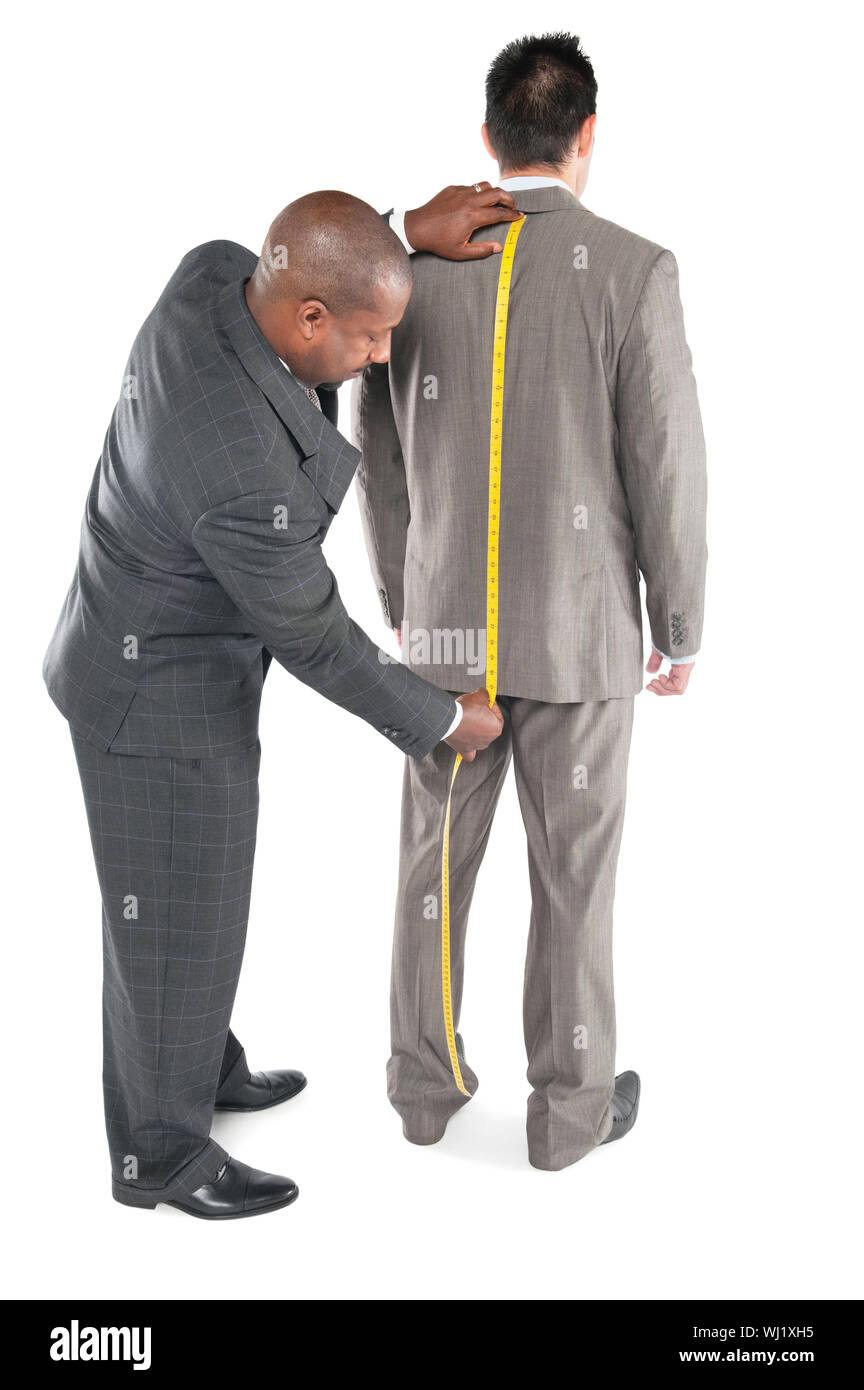Tailor Perth Excellence: Where High Quality Fulfills Personalized Tailoring
Comprehending the Tailoring Process: From Fabric Selection to Last Suitable for the Suitable Wardrobe
The tailoring procedure is an intricate interaction of art and science, beginning with the essential decision of textile option and finishing in the accurate adjustments of last installations. Each material type brings unique top qualities that affect not only the visual allure however likewise the garment's longevity and viability for numerous events. Understanding the nuances of customizing methods can elevate one's closet to unmatched levels of refinement. As we check out these components better, one should consider just how also the smallest information can significantly affect the total result of one's individual style.
Relevance of Material Choice
Selecting the appropriate material is crucial in the customizing procedure, as it straight influences the convenience, durability, and general visual of the last garment (tailor perth). The selection of textile sets the foundation for the garment's performance, style, and efficiency. Different fabrics have special residential or commercial properties, such as breathability, stretch, and weight, which can considerably influence just how the garment drapes and fits the body
Additionally, fabric choice affects the garment's durability and simplicity of care. Premium fabrics can withstand wear and tear, preserving their appearance and framework with time, while lower-quality products may result in pilling or fading. In addition, the best fabric adds to the garment's ability to shift throughout seasons and celebrations, therefore enhancing adaptability.
A customized piece made from an appropriate fabric not only showcases craftsmanship however also boosts the user's confidence. Consequently, understanding the subtleties of material option is vital for any kind of customizing endeavor. It makes certain that the end product not just satisfies the aesthetic desires of the client but additionally lines up with functional needs, consequently attaining an unified equilibrium in between kind and function in the tailored wardrobe.
Kinds of Fabrics and Their Uses
Comprehending the numerous kinds of materials readily available is vital for making informed choices during the tailoring procedure. Each fabric possesses special attributes that determine its viability for particular garments and celebrations.
Its flexibility allows it to be tailored into every little thing from shirts to outfits. Its natural elasticity aids garments maintain form over time.
Silk shows luxury and is light-weight, making it ideal for eveningwear and delicate blouses; nevertheless, it calls for mindful handling as a result of its fragility. Linen, with its textured finish, is a popular choice for warm climates, offering a airy and crisp feel, yet it wrinkles easily, which might affect the garment's look.
Synthetic materials, such as polyester and nylon, offer durability and resistance to wrinkles, making them ideal for day-to-day wear and energetic clothing. Understanding these textile kinds and their buildings permits far better decision-making, making certain that each customized item not only fits well however likewise aligns with the intended objective and event.
The Tailoring Methods Described
The art of customizing depends on a variety of techniques that transform textile right into well-fitted garments. Central to this procedure is pattern composing, where a dressmaker produces templates based on the client's dimensions and wanted design. This initial action makes certain that the garment will certainly fit the wearer effectively prior to any reducing happens.
Once patterns are developed, cutting techniques come right into play. Precision is paramount as errors can cause misfitting garments. Tailors typically utilize numerous cutting approaches, such as single-layer reducing for elaborate layouts and multiple-layer cutting for efficiency on typical patterns.
Basting is one more essential strategy, allowing dressmakers to briefly sew material assemble for an initial fitting. This technique uses the possibility to examine the drape and overall silhouette prior to last sewing.
Seaming methods, consisting of french seams and flat-felled joints, boost the garment's sturdiness and visual charm. Tailors also utilize strategies such as interfacing and cushioning to give structure and shape to details areas, like shoulders and collars.
Lastly, completing methods, consisting of hemming and edge completing, make certain the garment's longevity while supplying a sleek appearance. Together, these methods develop the foundation of effective tailoring, leading to exquisite, custom-fit garments.
Suitable Adjustments and Considerations

Key factors to consider consist of the shoulder fit, which ought to neither sag neither limit movement, and the sleeve size, which must enable comfortable arm activity while keeping a refined look. In addition, modifications at the waistline can refine the shape, with choices to allow out or absorb textile as required.
The rise of trousers is an additional essential variable; it needs to sit pleasantly above the hips without causing pain, permitting ease of movement. Hemming lengths for both trousers and skirts need to show the user's preferred design while valuing percentages.

Preserving Your Tailored Clothing
Correct upkeep of customized garments is important to protecting their fit and appearance in time. To make sure durability, routine cleansing is vital. Constantly comply with the treatment label directions, which may suggest dry cleaning for delicate materials or device cleaning for even more durable products. Stay clear of constant laundering, as this can use down the material and change the garment's shape.
Storage is just as crucial; usage padded wall mounts for coats and layers to keep shoulder structure, and store trousers folded nicely or hung to avoid creasing. Shield garments from straight sunlight, which can discolor shades and damages fibers.
Furthermore, regular assessments for minor repairs can avoid bigger concerns. Check for loosened buttons, tearing seams, or indications of moth damage, resolving these troubles promptly to keep the garment's integrity.
Last but not least, take into consideration seasonal turning. Wearing customized items in small amounts enables materials to recuperate, extending their life-span. By applying these maintenance strategies, you can make sure that your customized garments remain as pristine as the day you initially wore them, boosting your ideal wardrobe for many years to come.
Final Thought
The tailoring procedure, including material choice, competent techniques, and precise suitable adjustments, plays an essential role in producing garments that enhance both comfort and design. Each phase adds to the overall performance click to find out more of the last item, guaranteeing that clothes not just fits well but also shows specific identification. Recognizing the relevance of upkeep extends the life of tailored garments, strengthening their value in a well-curated wardrobe. A thorough strategy to tailoring finishes in a confident and sleek appearance.
Selecting the ideal textile is vital in the tailoring procedure, as it directly affects the comfort, durability, and total aesthetic of the final garment. The choice of fabric establishes the foundation for the garment's design, functionality, and efficiency. Different materials possess special residential properties, such as stretch, breathability, and weight, which can substantially influence just how the garment drapes and fits the body.
The art of customizing depends on a range of techniques that change material into well-fitted garments.The customizing process, including fabric choice, competent techniques, and accurate suitable modifications, plays a vital duty in producing garments that improve both comfort and design.